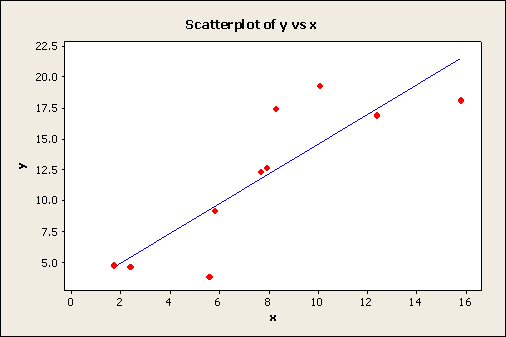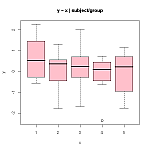
A government economist obtained the following data from a simple random sample of ten private companies in the natural gas exp
A government economist obtained the following data from a simple random sample of ten private companies in the natural gas exploration business. In the table below, x is the capital investment the company puts into exploration and development (in millions of dollars) and y is the volume of natural gas discovered (adjusted to sea level pressure and in billions of cubic feet).

a) Draw the scatter diagram for this data.
b) Find the slope, b, and the intercept, a, for the least-squares line. Write the equation of the least-squares line.
c) Graph the least-squares line on your scatter diagram.
d) If a company had invested 6.5 million dollars, what would the least-squares line predict for the volume of natural gas discovered?
Solution:
a) Using Excel we obtain the following scatter diagram:

b) Again, we use Excel to find the least squares line. We get the following output:
|
SUMMARY OUTPUT | |
|
Regression Statistics | |
|
Multiple R |
0.854114 |
|
R Square |
0.729511 |
|
Adjusted R Square |
0.6957 |
|
Standard Error |
3.328525 |
|
Observations |
10 |


This means that the least squares line is given by
![]()
c)

d) To get the predicted value we just have to evaluate![]() in the regression equation. The predicted value is hence
in the regression equation. The predicted value is hence
![]()
Related Content


Collection of Solved Statistics Problems - StatisticsHelp

The U.S. Weather Bureau has provided the following information about - StatisticsHelp

